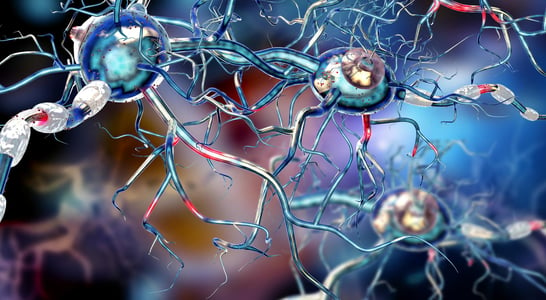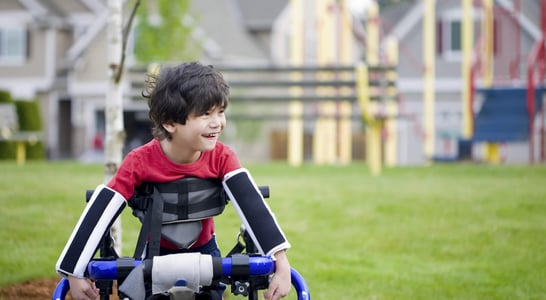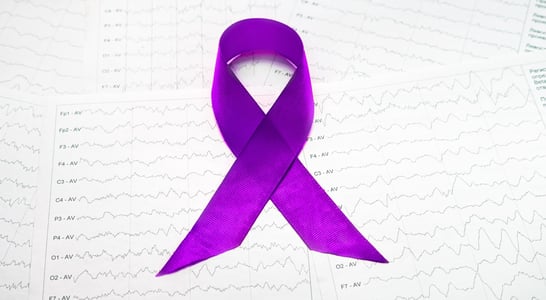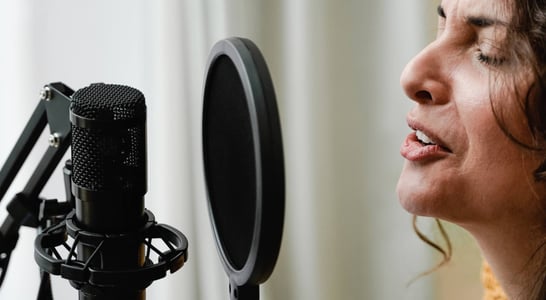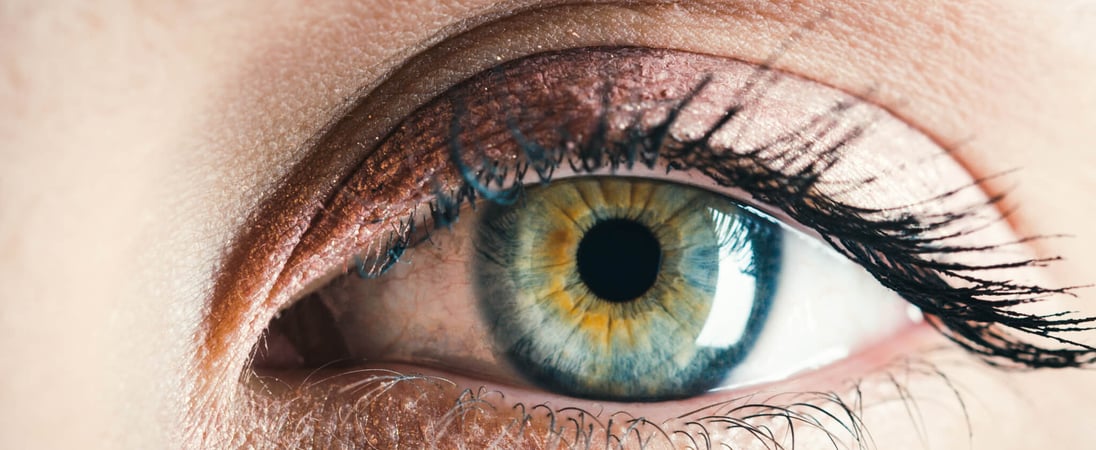
Low Vision Awareness Month
Advancing understanding of visual impairment fosters empathy and solutions, enhancing quality of life and inclusivity for individuals with diminished sight.
Many don’t realize that millions of people in the United States, and all over the world, are living with some sort of vision impairment that impacts their life. Low vision is a term that is used by eye care professionals to indicate that a person has partial sight but their vision cannot be corrected with glasses, contact lenses, surgery or medication.
Low Vision Awareness Month is here to educate people and encourage communities to get involved!
How to Observe Low Vision Awareness Month
Looking for ideas to participate in and observe Low Vision Awareness Month? Check out some of these ideas to get started:
Learn Facts About Low Vision
Consider some of these important facts when it comes to observing Low Vision Awareness Month:
-
In 2002, more than 160 million people all over the world were considered to have some sort of visual impairment, with 27 million considered blind and 124 million with the status of low vision.
-
Low vision most commonly occurs in older adults, with 82% of blind people falling into the 50 years or older category.
-
The use of low vision devices can help the majority of people with low vision to function better in their daily lives. While they won’t cure the low vision, they will help to utilize it to the highest benefit.
-
The leading cause of low vision in the elderly is age-related macular degeneration (AMD).
Visit an Eye Care Professional
One of the best ways to celebrate Low Vision Awareness Month is to make an appointment to see an eye care professional. While this is useful for people of all ages, it is especially important for those who are over 50 years old. Those who have aging family members can do them a favor by helping them to get to the eye doctor. Prevent low vision by catching issues early!
Prevent AMD
Studies show that certain activities can help to reduce AMD, a leading cause of Low Vision in the elderly. Try these tips for preventative care:
- Wear sunglasses
- Eat a low-fat diet
- Quit smoking
- Get regular eye exams
About Low Vision Awareness Month
The National Eye Institute in partnership with the Prevent Blindness organization and other medical professionals, supports the celebration of Low Vision Awareness Month. In addition, February is also associated with awareness regarding Age-related Macular Degeneration (AMD), which is one of the most common contributors to low vision.
Celebrated for more than a decade, Low Vision Awareness Month offers an opportunity for vision care professionals, teachers, primary care doctors, pediatricians and many others to get involved. The hope is that more people around the world can gain an understanding of preventable causes of low vision, as well as becoming more aware of the ways those who already have low vision can be treated and cared for.
Even if not completely blind, those with low vision find their ability to perform everyday activities is limited, creating obstacles for living an independent life. Low Vision Awareness Month was founded with the idea that those with low vision deserve to have their needs met, as well as raising awareness for the prevention of low vision.
Also in ...
View all holidaysNational Yorkshire Pudding Day
Golden brown and crispy on the outside, soft and doughy on the inside — the perfect accompaniment to any roast dinner!
National Baked Alaska Day
Picture a crispy golden exterior, followed by a layer of cool, creamy ice cream. Top it off with a blow-torched meringue for a heavenly dessert!
World Hijab Day
Hijab is a style of modest dress that has been part of the Muslim religious faith for hundreds of years. More than just women wearing a head covering, though that is part of it, hijab dress is an important part of lifestyle for both men and women of faith.
We think you may also like...
International FND Awareness Day
Learn and raise awareness about FND, or Functional Neurological Disorder, a poorly understood and rarely talked about disorder affecting many.
World Cerebral Palsy Day
Join or host an event, or donate your time or money to understanding cerebral palsy and supporting research and resources for this sometimes debilitating disease.
SUDEP Action Day
SUDEP is a sudden death that affects those with epilepsy. While there is no cure, awareness can lead to prevention and better treatments.




